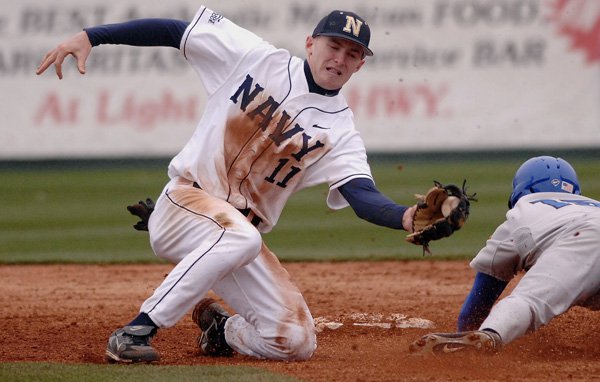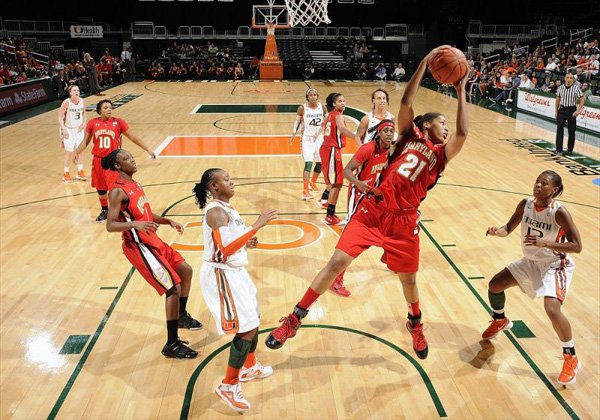Rucks - forward play
Question
Dear Sir,
I play no. 6, blind side flanker and I was wondering if you could give me the official ruling on rucks, and what exactly 'coming around the side of a ruck' is. I get penalised for it all the time, but I never intentionally come in literally 'from the side', so I'm not sure now when to ruck and when to simply join the line.
many thanks.
Best wishes,
Greg
Answer
Greg,
I apologize for not getting this to you quicker. I have just returned from a business trip.
Coming into the ruck/maul is based on the off-sides laws.
The specific laws:
16.5 OFF-SIDE AT THE RUCK
(a) The off-side line. There are two off-side lines parallel to the goal-lines, one for each team. Each off-side line runs through the hindmost foot of the hindmost player in the ruck. If the hindmost foot of the hindmost player is on or behind the goal-line, the off-side line for the defending team is the goal-line.
(b) Players must either join a ruck, or retire behind the off-side line immediately. If a player loiters at the side of a ruck, the player is off-side.
Penalty: Penalty Kick
(c) Players joining or rejoining the ruck. All players joining a ruck must do so from behind the foot of the hindmost team-mate in the ruck. A player may join alongside this hindmost player. If the player joins the ruck from the opponents' side, or in front of the hindmost team-mate, the player is off-side.
Penalty: Penalty Kick on the offending team's off-side line
(d) Players not joining the ruck. If a player is in front of the off-side line and does not join the ruck, the player must retire behind the off-side line at once. If a player who is behind the off-side line oversteps it and does not join the ruck the player is off-side.
Penalty: Penalty Kick on the offending team's off-side line
17.4 OFF-SIDE AT THE MAUL
(a) The off-side line. There are two off-side lines parallel to the goal-lines, one for each team. Each off-side line runs through the hindmost foot of the hindmost player in the maul. If the hindmost foot of the hindmost player is on or behind the goal-line, the off-side line for the defending team is the goal-line.
(b) A player must either join a maul, or retire behind the off-side line immediately. If a player loiters at the side of a maul, the player is off-side.
Penalty: Penalty Kick on the offending team's off-side line
(c) Players joining the maul. Players joining a maul must do so from behind the foot of the hindmost team-mate in the maul. The player may join alongside this player. If the player joins the maul from the opponents' side, or in front of the hindmost team-mate, the player is off-side.
Penalty: Penalty Kick on the offending team's off-side line
(d) Players not joining the maul. All players in front of the off-side line and who do not join the maul, must retire behind the off-side line at once. A player who does not do so, is off-side. If any player who is behind the off-side line oversteps it and does not join the maul, the player is off-side.
Penalty: Penalty Kick on the offending team's off-side line
(e) Players leaving or rejoining the maul. Players who leave a maul must immediately retire behind the off-side line, otherwise, they are off-side. If the player rejoins the maul in front of the hindmost team-mate in the maul, they are off-side. The player may rejoin the maul alongside the hindmost team-mate.
Penalty: Penalty Kick on the offending team's off-side line.
Basically what all this means that you must come into a ruck or maul from an on-side position, and enter directly from behind the ruck or maul.
Flankers by their nature tend to be aggressive players trying to get into the action.
Often, a player will go directly from their position into a ruck or a maul. Just as often, this player is offside, or not coming into the ruck or maul directly from the rear of the ruck/maul.
The important things to remember about the offside, unless you are bound, you must stay behind the last foot of the in the ruck/maul.
Coming from directly behind the ruck/maul is far more subjective. A good rule of thumb to follow is to assume that there is a cone of no more than 30 degrees extending from the rear of the ball. You can only come into a ruck/maul from within the cone.
I hope this answers your question.
Thank you,
Deane Shephard
Stuttgart RFC
Phsycing up before a game
the mark rule


